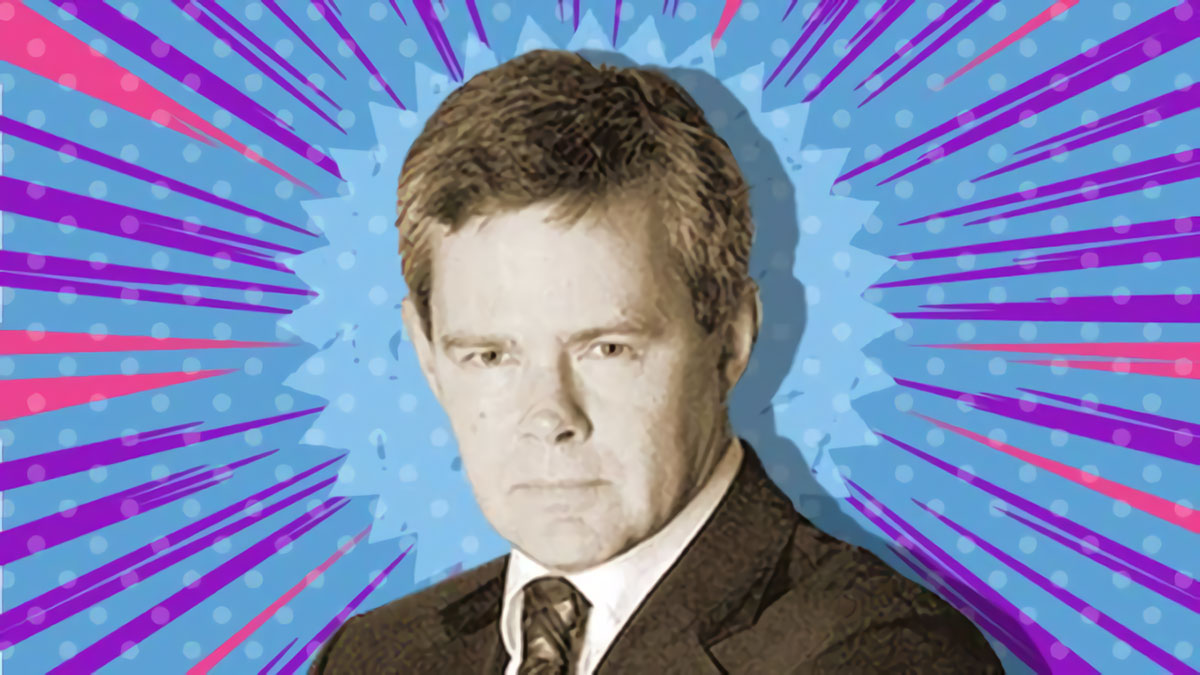Barry FitzGerald: Junior gold producer going cheap? Well, I never never

‘Garimpeiro’ columnist Barry FitzGerald has covered the resources industry for +35 years.
The gold producers have been blaming all sorts of factors for what was a truly disappointing December quarter production effort. Diesel costs, skill shortages, general inflation, bad weather . . the list goes on.
Things won’t’ be much better when they get around to reporting for the March quarter. It’s no wonder then that there is distinct lack of interest in the sector, particularly in Garimpeiro’s hunting ground of the juniors.
Still, Garimpeiro’s Aussie version of Warren Buffett told him a long time ago that the best place to be in the market is where no one else wants to be. A kind of straw hats in winter approach to investment if you prefer.
Remembering the advice from the old sage, Garimpeiro was curious to find out just what opportunities there are among the junior gold producers, the bulk of which have been sold down something shocking.
He settled on Gascoyne (ASX:GCY) which is not actually a gold producer at the moment because it had the balls to make a tough call last year to suspend operations at its 70,000 ounce-a-year Dalgaranga operation, 65km north-west of Mt Magnet in Western Australia’s Murchison region.
Suspending an operation is not fun, and it’s very complicated, what with redundancies, and contractors and creditors to deal with, among other things. Lesser outfits hand the problem over to an administrator.
Gascoyne has form on that front, having gone into receivership in 2019, then freeing itself to re-join the ASX in 2020. The same factors that forced Gascoyne in to that 2019 receivership resurfaced in 2022.
Dalgaranga has one of the lowest cost treatment plants in WA which is rated at 2.5mtpa. But it is a struggle when ore being fed to mill is low-grade (0.8g/tonne), and there are all of the other cost pressures and skill shortages to deal with.
But this time Gascoyne, under the new leadership of former Northern Star operative Simon Lawson, took pre-emptive action by suspending Dalgaranga, preserving the company’s cash and gold resource base, and giving it time to develop an operating plan for the long-term.
This time around it is all very doable thanks to the recent discovery of the high-grade Never Never deposit right next door to the original Gilbey’s pit (yes, there is a gin theme behind Gascoyne’s naming of deposits).
Garimpeiro will mention that Never Never is the upmarket gin which hails from South Australia’s McLaren Vale while Gilbey’s is found in just about every liquor cabinet. He has mentioned the gin link before, but to no avail in respect to surprise deliveries being left at the front door.
Anyway, Never Never is a clear game-changer for Gascoyne and is why the company has been able to raise $50 million at 10c a share to unlock the potential for Dalgaranga to run high-grade ore through the existing mill.
The fund raising exercise includes a $21.3 million cornerstone investment by the savvy resources private equity fund Tembo Capital. They know more about perceived value situations in the gold space than Garimpeiro does.
Drill, drill, drill
Lawson has no intention of rushing Dalgaranga back into production. It means that the current cost pressures and skills shortages across the industry can be given time to ease off.
But more than that is Lawson’s plan to drill, drill, and drill some more to establish a 300,000 ounce mining reserve at Never Never at a grade of more than 4g/t gold, and a 600,000 ounce resource at a grade of more than at 5g/t gold.
Such an outcome would underpin planning for an initial 5-year mine life delivering 130,000-150,000 ounces annually.
There are some ifs and buts in all that, and it will take time. But if things go the way Lawson plans, Dalgaranga will be back in the September or December quarter next year.
At the fund raising price of 10c a share, the currently suspended Gascoyne will have a market cap of $87 million which is not a lot for a (potential) 130,000-150,000 ounce producer which has become low-cost all of a sudden thanks to a discovery like Never Never.
Gascoyne reckons its shares could resume trading on March 9 on an ex-entitlement basis to the retail entitlement component of the fund raising. It won’t be coming back at its pre-suspension price of 19.5c.
So long-term shareholders will be hurting. But thanks to Never Never, Lawson has at least been able to engineer a bigger and brighter future for the company. Its struggle town days look to be a thing of the past.
Time for a name change too. Never Never?
Related Topics

UNLOCK INSIGHTS
Discover the untold stories of emerging ASX stocks.
Daily news and expert analysis, it's free to subscribe.
By proceeding, you confirm you understand that we handle personal information in accordance with our Privacy Policy.








